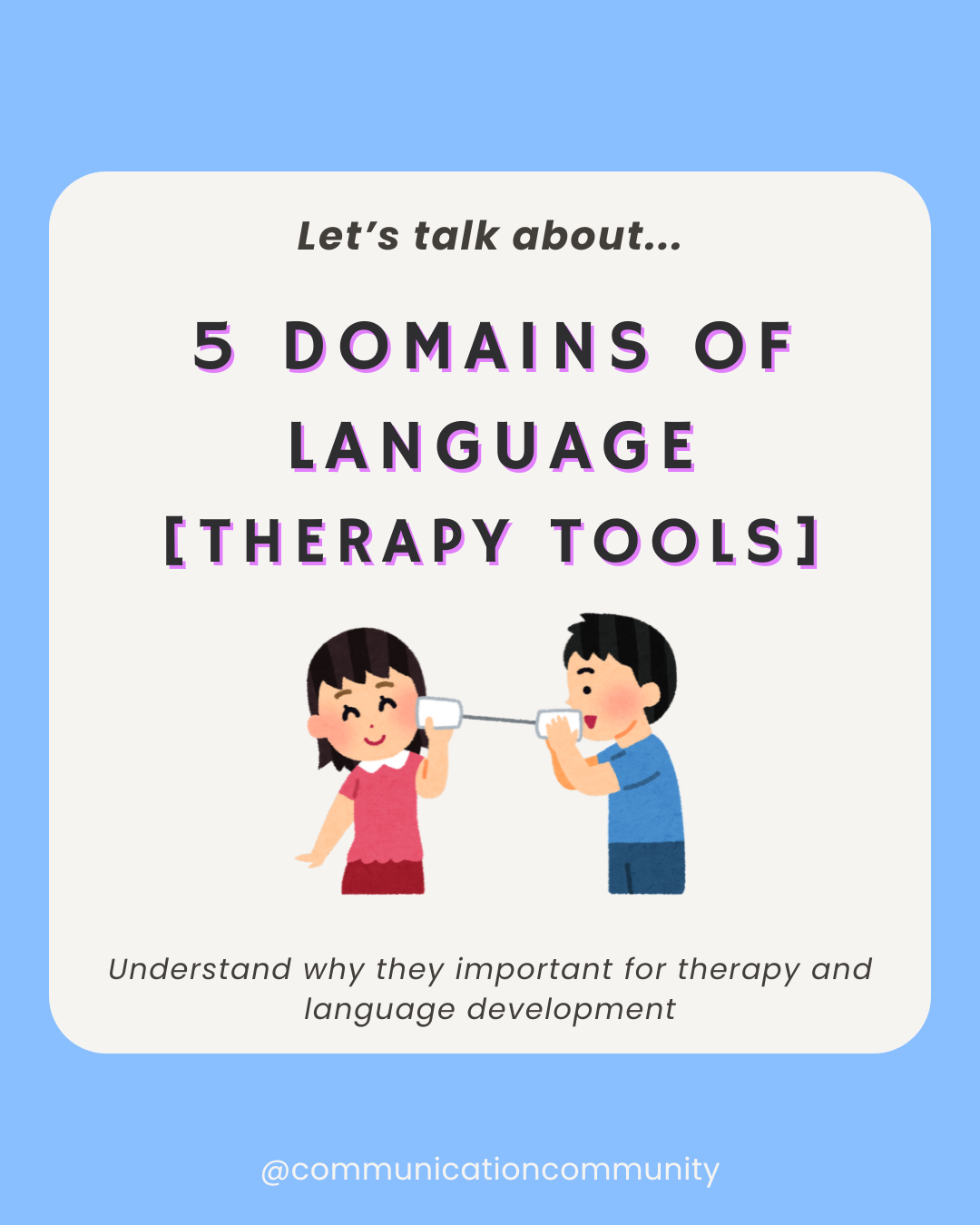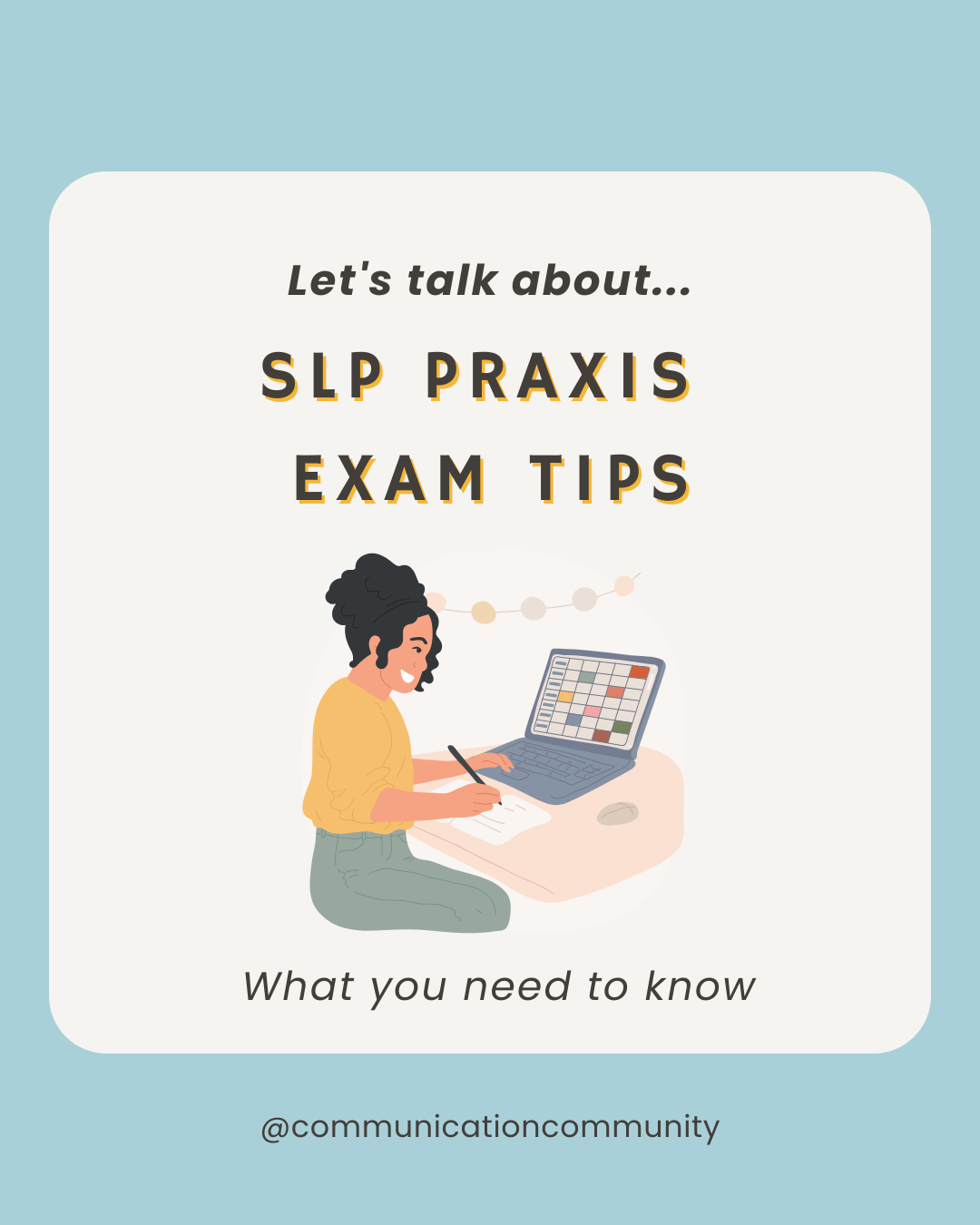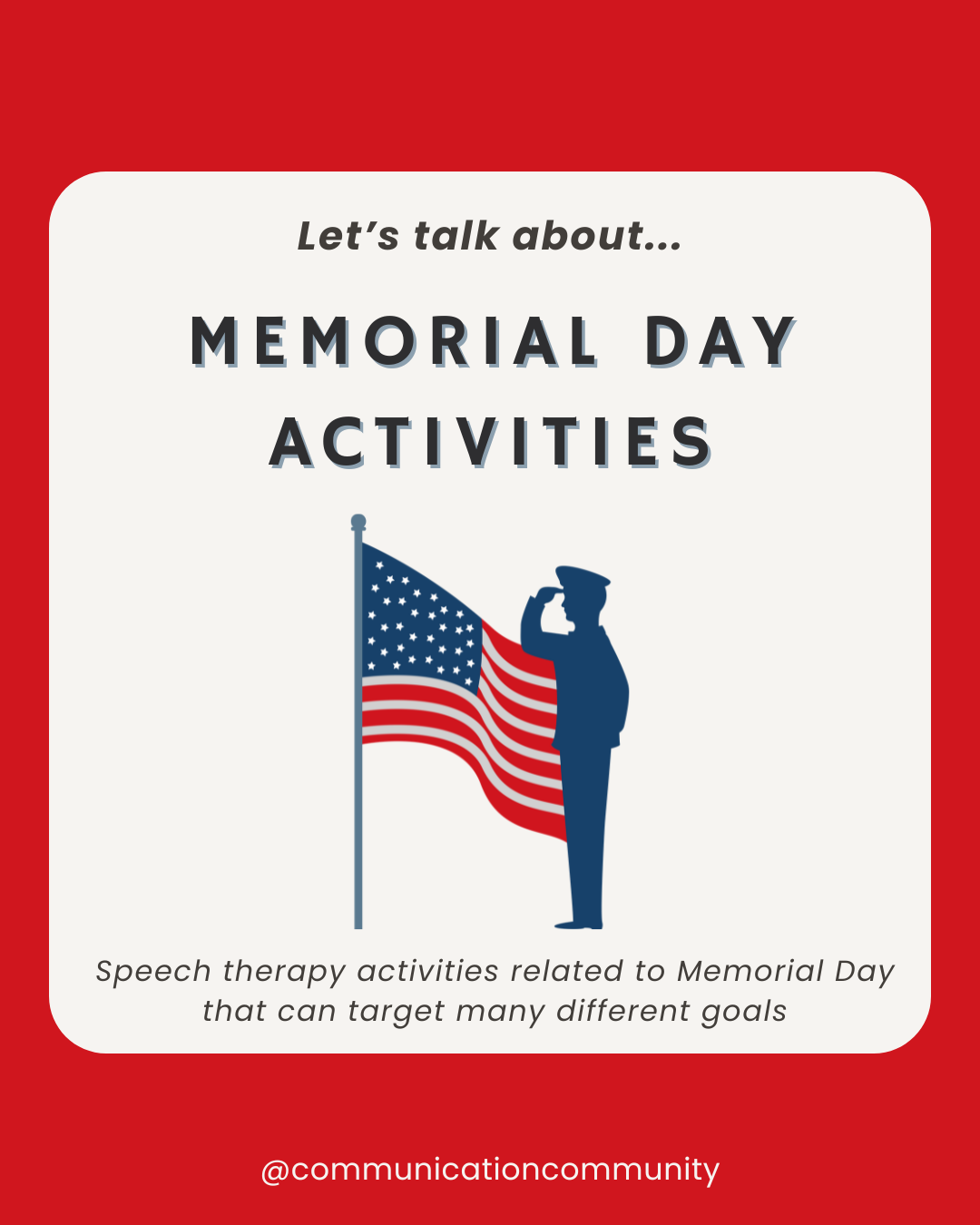Importance of the 5 Domains of Language
Why is it important that we know about these 5 domains? These domains of language cover much of what we (speech-language pathologists [SLPs]) target in language-based therapy and the evidence-based approaches behind our decision-making. They include how language delays/disorders are defined and diagnosed. They also indicate how we write different types of goals to address a variety of skills. When creating goals or giving diagnoses, we examine how an individual uses the different domains of language, and how that differs from what may be expected. Each of these domains offers different meanings and contributes to language in different ways. Our English language system could not exist in the way that we know it without the careful combination of all of these areas in our everyday discourse.
What are the 5 Domains of Language?
According to ASHA, the 5 domains include:
Phonology
The rules of speech sounds. Phonology governs how phonemes (i.e., distinct units of sounds that can affect meaning) are used in a language system, such as the rules and combinations for using phonemes. Phonemes are individual sounds, like /b/ and /h/ in the words bat and hat. These two words differ simply because of the initial phonemes /b/ and /h/. The remainder of each word sounds exactly the same, though the smallest units (phonemes) at the beginning of the word can alter their meanings entirely. The word "dogs" has four phonemes: d, o, g, and s. A phoneme does not have meaning by itself, but combinations of phonemes do.
Morphology
The rules of word structure. Morphology governs how morphemes (i.e., the smallest meaningful units of language) are used in the language system. Morphemes are used to form words and each morpheme differs from another (aka they all serve different meanings). They cannot be broken into smaller units or else they will lose their meaning. Usually, we divide morphemes into two different types: free and bound. Free morphemes can stand alone as their own word (e.g., dog, the) and bound morphemes require another morpheme to make up a word, as they cannot occur alone (e.g., -er, -s). The word "dogs" has two morphemes: dog and -s. They differ from phonemes because they do have meanings by themselves.
Syntax
The rules of sentence structure. Many individuals use the words syntax and grammar synonymously. Syntax involves the particular arrangement of words in a sentence, the structure of a sentence, and the rules that correspond to the way that words are ordered into a sentence. Syntax rules are often different depending on the language. For example, let’s compare the syntactic structure of two sentences with the same meaning: one in English and one in Spanish.
English: “I have a black (adjective) dog (noun).”
Spanish: “Tengo un perro (noun) negro (adjective).”
Both sentences deliver the same exact meaning; however, the syntax of each sentence is slightly different for each language. In the English sentence, syntax indicates that the adjective precedes the noun, but in the Spanish sentence, syntax indicates the noun precedes the adjective. There are many other components of syntax, including the use of articles "a" and "un" in the sentences above.
Semantics
The rules relating to the meaning of language; the actual meaning behind each word within a sentence within a message. You can also look at semantics like a person’s vocabulary (or lexicon) that they may use. Vocabulary development is important and expands as an individual develops their language system. Early vocabulary knowledge typically relates to nouns, verbs, and adjectives. Some important more advanced vocabulary knowledge includes concepts such as synonyms, antonyms, and figurative language (e.g., metaphors and idioms). Figurative language, for example, can also drastically change depending on the language being spoken. When translated into another language, idioms (e.g., couch potato), are typically not transferable and only applicable to the language in which they were developed.
Pragmatics
The rules of language that occur within social situations. There are numerous pragmatic language skills that we take into consideration when we interact with others, such as asking for clarification and understanding different perspectives. The function of language is also an important aspect to consider when it comes to pragmatic language, as compared to the structure of it. Because when we think of pragmatics, we think of how we are actually using language in context (e.g., the function of it). For example, some common language functions include protesting (e.g., “I don’t want that!”), commenting (e.g., “Cool shirt!”), and labeling (e.g., “That’s a dog.”).
*It is important to note that "typical pragmatic language" looks different across different cultures and individuals. Someone who doesn't use the same pragmatic language as another person isn't necessarily "wrong" or "impaired."
All of these components work together to create our language system and they all play a significant role in a child’s development of language. It is also important to note (like when referencing syntax) that even though we see these language domains in other spoken languages, the rules that fall within these domains can differ drastically. Our understanding of language could not exist without these domains and they serve as the foundation for other higher-order language skills. They are continually evolving and essential for effective communication and human interaction.
Speech Therapy Goals for the 5 Domains of Language
We have written many goals articles that touch on the 5 domains of language and have goal banks. We also have goal bank packets that have many, many more custom goals related to these domains.
Goals Articles
- How to Write Receptive Language Goals
- How to Write Expressive Language Goals
- How to Write Pragmatic Language Goals
Goal Packets
- School-Aged Receptive, Expressive, and Pragmatic Language Goals
- Early Intervention and Preschool Language Goals
- Articulation, Phonology, and Apraxia Goals

Citations/further resources:
https://www.asha.org/practice-portal/clinical-topics/spoken-language-disorders/language-in-brief/
Roseberry-McKibbin, C., & Hegde, M. N. 1. (2006). An advanced review of speech-language pathology: Preparation for PRAXIS and comprehensive examination (2nd ed.). Austin, Tex.: PRO-ED.


![How to Write Apraxia Goals [with goal bank]](https://www.communicationcommunity.com/content/images/2024/07/Apraxia-Goals--1-.png)




